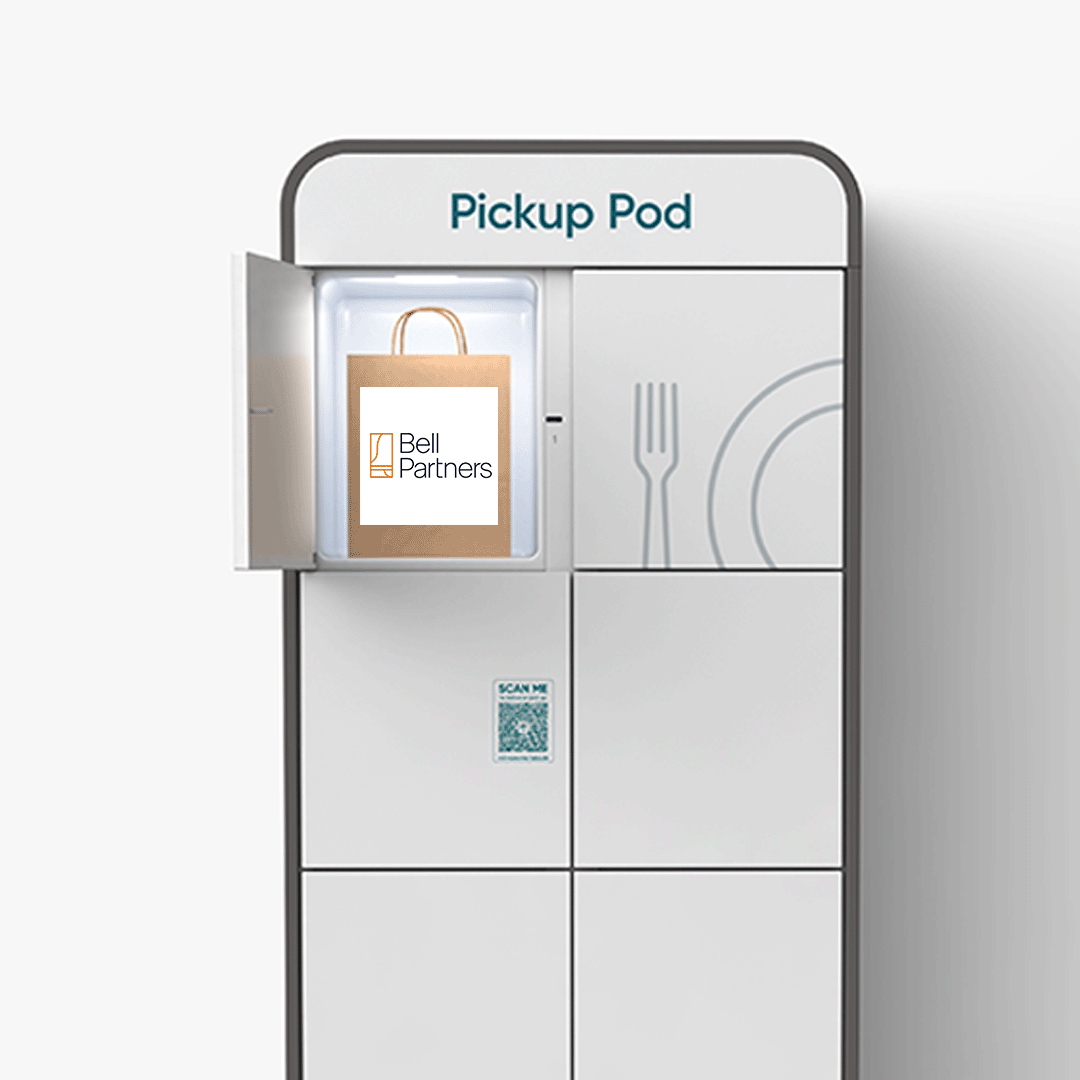If the internet is a busy marketplace, then advertising is the voice calling out to potential customers. But here’s the catch—if every voice is shouting the same thing to everyone, the message gets lost in the noise.
This is exactly why behavioral targeting has become one of the most powerful tools in modern marketing. Instead of speaking to everyone in the crowd, it speaks directly to the people who are most likely to listen, understand, and respond.
1. The Shift From Mass Messaging to Personal Relevance
There was a time when advertisers relied on a scattergun approach: cast the widest net possible and hope for the best. It was inefficient, expensive, and often missed the mark.
Today, customers expect relevance. They want brands to “get” them. Behavioral targeting delivers that by tailoring messages based on actual behavior—not assumptions. It’s the digital equivalent of a store owner remembering your favorite coffee order.
2. What is Behavioral Targeting in Simple Terms?
At its core, behavioral targeting means observing how people behave online—what they click, read, buy, and search—and then using that information to show them ads they actually care about.
It’s like noticing a friend constantly posting about hiking trips and then recommending the perfect pair of boots. You’re not guessing; you’re responding to real signals.
3. Large-Scale Behavioral Targeting: Going Big Without Losing the Human Touch
Personalization is easy when you’re talking to ten customers. But what about ten million?
Large-scale behavioral targeting solves that problem by using technology to manage personalization across massive audiences. It lets advertisers run thousands of personalized interactions simultaneously, ensuring each person sees something relevant to their interests or stage in the buying journey.
4. Real-World Behavioral Targeting Examples
Here’s how it plays out in practice:
- Streaming Services: Recommending movies based on your recent watches.
- E-Commerce: Showing you ads for the exact sneakers you left in your cart.
- Travel Agencies: Suggesting hotel deals after you search for flights.
These examples work because they feel like natural suggestions, not random interruptions.
5. The Emotional Power of Relevance
Ads that connect with what people genuinely care about feel less like marketing and more like help. A fitness enthusiast receiving tips on meal planning or a tech lover seeing the latest gadget feels valued—not targeted.
When relevance is high, resistance drops. That’s the real magic of behavioral targeting.
6. Contextual Targeting vs. Behavioral Targeting
A common question is how contextual targeting compares.
- Contextual targeting: Matches ads to the content someone is currently viewing.
- Behavioral targeting: Matches ads to the person’s past actions and interests.
Think of contextual targeting as responding to the conversation in the room, while behavioral targeting remembers what you talked about last week. Both have value, but behavioral targeting keeps the connection alive over time.
7. The Role of AI in Scaling Behavioral Targeting
Artificial intelligence has supercharged this field. AI can:
- Detect patterns in massive amounts of data.
- Predict what customers might want next.
- Automatically adjust campaigns for maximum impact.
It’s why large-scale behavioral targeting is more precise and faster than ever before.
8. Privacy and Trust: The Balancing Act
With great targeting power comes great responsibility. People are more aware of how their data is used, and regulations like GDPR demand transparency. The best advertisers:
- Use consent-based tracking.
- Clearly explain how data benefits the customer.
- Avoid crossing the “creepy” line with overly personal ads.
Trust is fragile—brands that protect it stand out.
9. Measuring Success Beyond Clicks
In behavioral targeting, the real measure of success isn’t just clicks—it’s the quality of engagement. Metrics like:
- Conversion rate.
- Repeat purchases.
- Customer lifetime value.
These show whether targeting is building long-term relationships, not just short-term wins.
10. The Future: Predictive and Proactive Targeting
Soon, targeting won’t just react to past behavior—it will anticipate needs. Imagine receiving a gym membership offer right after your wearable fitness tracker detects a decline in activity.
This proactive approach will make advertising feel more like a helpful assistant than a salesperson.
Final Thoughts
Behavioral targeting—especially at scale—isn’t about bombarding people with ads. It’s about understanding them well enough to offer the right message at the right time. Done right, it builds trust, boosts engagement, and creates a win-win for both brands and consumers.
The digital advertising game is evolving fast. Those who master behavioral targeting now won’t just keep up—they’ll lead.






















